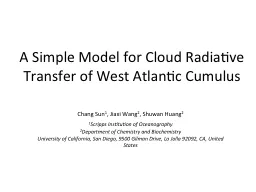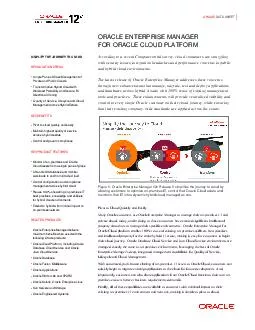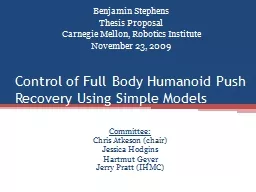PPT-A Simple Model for Cloud
Author : ellena-manuel | Published Date : 2016-03-13
Radiative Transfer of West Atlantic Cumulus Chang Sun 1 Jiaxi Wang 2 Shuwan Huang 2 1 Scripps Institution of Oceanography 2 Department of Chemistry and
Presentation Embed Code
Download Presentation
Download Presentation The PPT/PDF document "A Simple Model for Cloud" is the property of its rightful owner. Permission is granted to download and print the materials on this website for personal, non-commercial use only, and to display it on your personal computer provided you do not modify the materials and that you retain all copyright notices contained in the materials. By downloading content from our website, you accept the terms of this agreement.
A Simple Model for Cloud: Transcript
Download Rules Of Document
"A Simple Model for Cloud"The content belongs to its owner. You may download and print it for personal use, without modification, and keep all copyright notices. By downloading, you agree to these terms.
Related Documents













